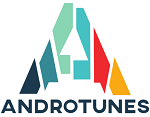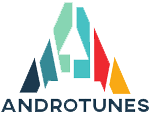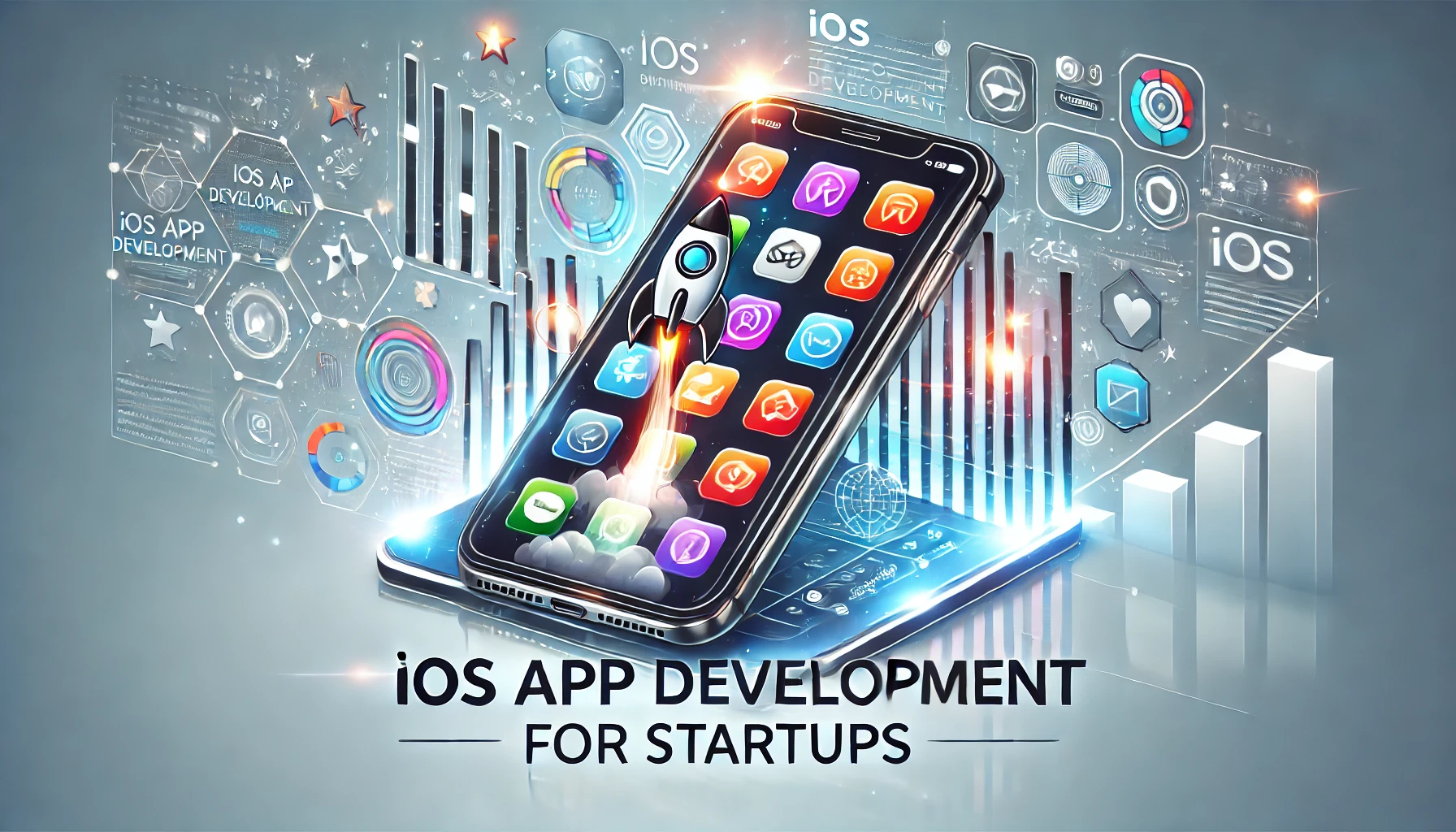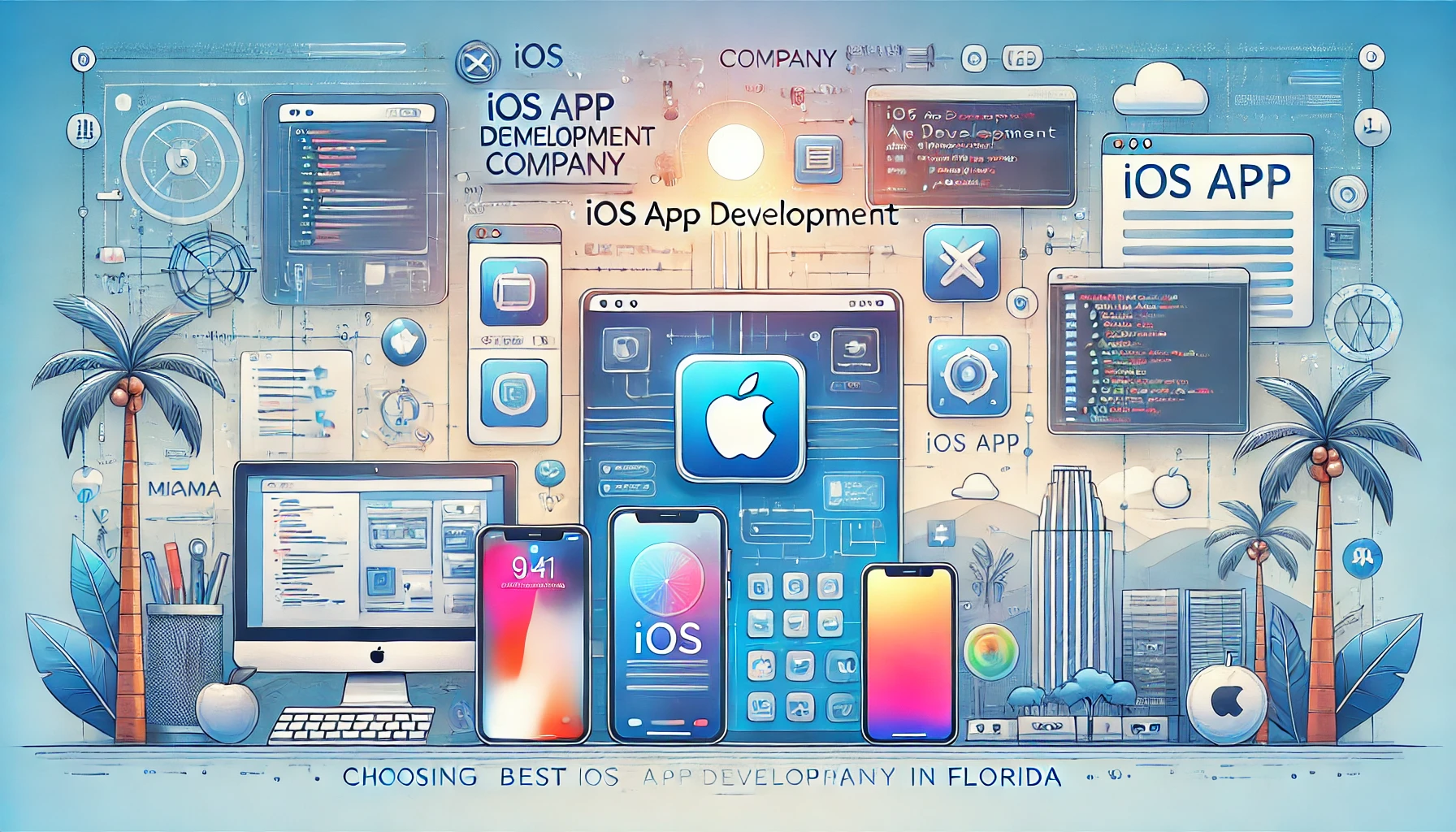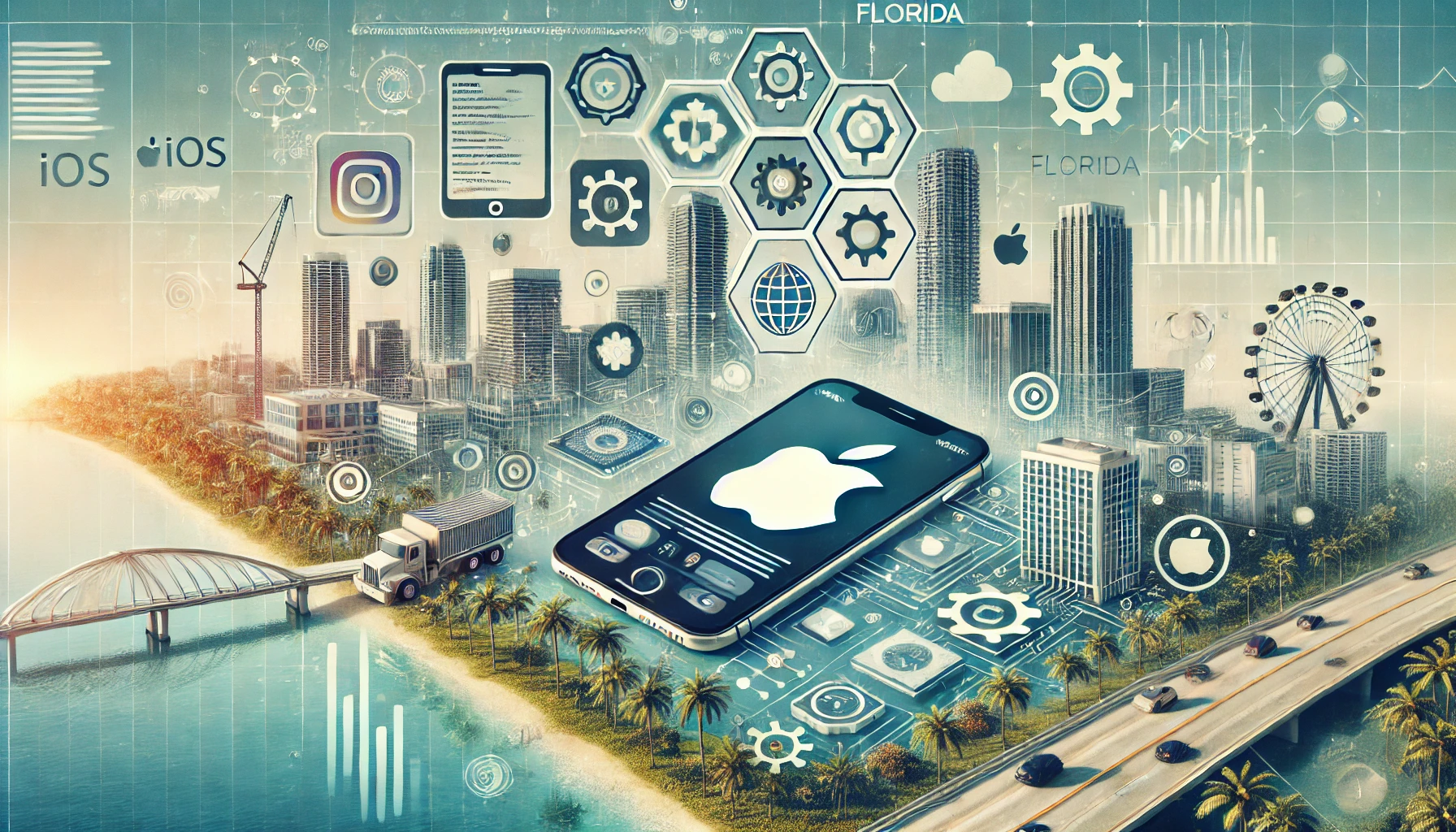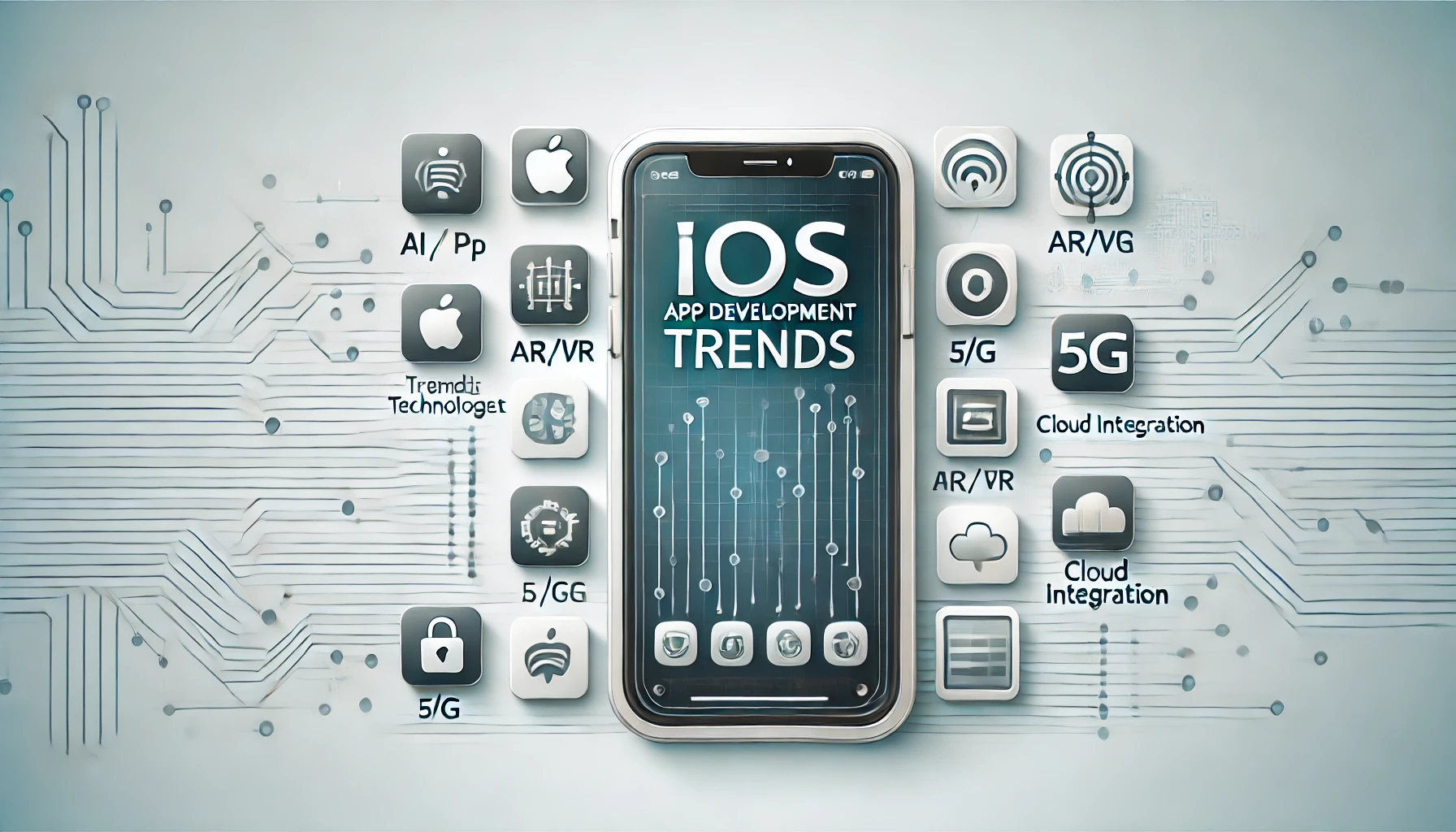
iOS App Development Trends to Watch in 2025
The ever-evolving world of technology continues to shape the landscape of mobile app development, with Apple leading the charge through its iOS ecosystem. As we enter 2025, developers and businesses alike are eager to stay ahead of the curve by embracing the latest iOS App Development Trends. This year promises a slew of exciting innovations that will redefine user experiences, enhance app functionality, and push the boundaries of what’s possible on iOS devices.
In this article, we explore the top iOS App Development Trends to watch in 2025 and how these trends can drive innovation and success for developers and businesses.
1. Enhanced Focus on Augmented Reality (AR) and Virtual Reality (VR)
Apple’s investment in AR and VR technologies has been steadily growing, particularly with the introduction of ARKit and the much-anticipated Vision Pro headset. In 2025, these technologies will become central to iOS App Development Trends, allowing developers to create immersive and interactive experiences.
Key Drivers:
- ARKit Advancements: ARKit 5 brings features like object occlusion, improved motion capture, and enhanced depth API, enabling realistic AR experiences.
- Vision Pro Integration: Apple’s mixed-reality headset will open up new opportunities for gaming, education, and professional applications.
- Cross-Platform Compatibility: Seamless integration of AR and VR across Apple devices will ensure a consistent user experience.
Example:
Retail apps are likely to incorporate AR-powered virtual try-ons, allowing customers to visualize products in their space before purchasing.
2. Increased Adoption of AI and Machine Learning (ML)
AI and ML are becoming integral to mobile app development, and iOS is no exception. From personalized recommendations to voice assistants, these technologies are at the forefront of iOS App Development Trends in 2025.
Key Applications:
- Personalization: AI-driven algorithms will deliver tailored content, enhancing user engagement.
- Voice and Image Recognition: Improved Siri capabilities and advanced image recognition features will make apps more intuitive.
- Automation: ML models will streamline workflows, such as predictive text and intelligent email sorting.
Example:
Health and fitness apps will leverage AI to provide real-time feedback and personalized workout plans based on user data.
3. Proliferation of 5G Connectivity
With 5G becoming the standard for mobile networks, iOS app developers can harness faster speeds and lower latency to create richer, more dynamic apps. This is one of the most transformative iOS App Development Trends to watch.
Key Benefits:
- Enhanced Streaming: Apps can deliver high-quality video and AR experiences without buffering.
- Real-Time Data Sharing: Improved network speeds enable instant data synchronization across devices.
- IoT Integration: 5G paves the way for seamless communication between iOS devices and IoT gadgets.
Example:
Gaming apps will leverage 5G to offer real-time multiplayer experiences with minimal lag.
4. App Clips for Instant Access
App Clips, introduced in iOS 14, continue to gain traction in 2025 as developers find innovative ways to utilize this feature. App Clips allow users to access specific app functionalities without downloading the full app, making them a vital part of iOS App Development Trends.
Advantages:
- Improved User Engagement: App Clips offer a seamless way to engage users, especially for one-time interactions.
- Integration with Apple Pay: Simplified transactions through App Clips make them ideal for e-commerce and on-demand services.
- Location-Based Features: App Clips work well for location-specific tasks, such as parking or event check-ins.
Example:
A food delivery app could use App Clips to allow users to place an order quickly without installing the full app.
5. Sustainability and Energy Efficiency
As sustainability becomes a global priority, Apple’s commitment to environmental responsibility is reflected in its development guidelines. Energy-efficient apps are emerging as a significant focus within iOS App Development Trends.
Sustainable Practices:
- Optimized Code: Efficient coding practices reduce battery consumption and improve performance.
- Dark Mode Support: Apps with dark mode consume less power on OLED screens.
- Device Compatibility: Ensuring compatibility with older devices reduces electronic waste.
Example:
Productivity apps that minimize background activity and prioritize energy efficiency will appeal to eco-conscious users.
6. Advanced Security and Privacy Measures
Privacy and security remain cornerstones of Apple’s ecosystem, and in 2025, developers must prioritize these aspects more than ever. Enhanced security features are among the most crucial iOS App Development Trends for this year.
Key Enhancements:
- Privacy Labels: Transparent data usage policies build user trust.
- End-to-End Encryption: Secure communication channels ensure data confidentiality.
- Biometric Authentication: Face ID and Touch ID continue to evolve, providing seamless yet secure access.
Example:
Banking apps will adopt advanced security protocols to protect sensitive user data and maintain compliance with evolving regulations.
7. Focus on Wearable Technology Integration
Wearables, such as the Apple Watch and AirPods, are becoming indispensable, driving demand for apps that integrate seamlessly with these devices. This trend is a critical component of iOS App Development Trends in 2025.
Key Features:
- Health Monitoring: Apps can leverage sensors in wearables for detailed health insights.
- Companion Apps: Wearables serve as extensions of iPhone apps, enhancing functionality.
- Real-Time Notifications: Users receive alerts and updates directly on their wearables.
Example:
A meditation app could sync with the Apple Watch to monitor stress levels and provide tailored breathing exercises.
8. Rise of Super Apps
Super apps that combine multiple functionalities into a single platform are gaining popularity. While traditionally seen in Asia, this trend is making its way to the iOS ecosystem in 2025, marking a significant shift in iOS App Development Trends.
Characteristics:
- Multi-Purpose Functionality: From messaging to payments and shopping, super apps offer diverse features.
- Streamlined Experience: Users benefit from an all-in-one solution, reducing the need for multiple apps.
- Ecosystem Integration: Super apps integrate seamlessly with Apple’s ecosystem for a cohesive user experience.
Example:
A travel super app could combine booking, itinerary management, and local recommendations in one platform.
9. Swift and SwiftUI Dominance
Apple’s programming language, Swift, and its user interface toolkit, SwiftUI, continue to dominate iOS app development. These tools are integral to many iOS App Development Trends in 2025, streamlining the development process and enhancing app performance.
Key Benefits:
- Faster Development: Swift’s simplicity accelerates coding, while SwiftUI simplifies UI design.
- Cross-Platform Compatibility: Developers can create apps for iOS, macOS, watchOS, and tvOS using a single codebase.
- Performance Optimization: Swift’s efficiency ensures smooth app performance.
Example:
Educational apps can leverage SwiftUI to deliver interactive, visually appealing interfaces with minimal effort.
10. Subscription-Based Monetization Models
Subscription-based revenue models continue to thrive, offering steady income streams for developers. This monetization strategy is a key focus within iOS App Development Trends for 2025.
Advantages:
- Predictable Revenue: Subscriptions provide consistent income compared to one-time purchases.
- Enhanced User Loyalty: Regular updates and exclusive content keep subscribers engaged.
- Scalable Pricing: Developers can offer tiered plans to cater to diverse user needs.
Example:
A language learning app could provide basic access for free while charging for premium features, such as live tutoring sessions and advanced content.
The year 2025 promises to be a landmark year for iOS development, with innovations shaping the future of mobile technology. From AR and AI advancements to sustainability and enhanced security, the iOS App Development Trends discussed here highlight the potential for developers to create transformative apps.
By embracing these trends, businesses can stay ahead of the competition, deliver exceptional user experiences, and achieve lasting success in the dynamic world of mobile app development. Whether you’re a developer or a business leader, keeping an eye on these trends is essential to unlocking the full potential of the iOS ecosystem.
